The 2K Oppo Find 7 arrives in Europe and GizChina.it have the first exclusive unboxing and hands on photos with this flagship beast!
For those of you who like to sit on the bleeding edge of technology, the Oppo Find 7 is Oppo’s attempt at a ‘true’ 2014 flagship phone. Although not the first phone to ship with a 2K display, 3GB RAM and Snapdragon 801 (that honour goes to the Vivo Xplay 3S) it is one of the first that will be officially released outside of China!
Oppo find 7 2K unboxing
Unboxing the Oppo Find 7 is hardly a shock or surprise as the phone is physically identical to the Oppo Find 7a from the front.
Only upon taking the 2K version of the phone out of its box and turning it over can we see the only physical difference, a carbon textured rear panel giving the phone a suitably upmarket appearance.
With the exception of the rear, the design is the same and if you were to switch panels you would be hard pushed to see the difference between the Find 7a and Find 7.
Oppo Find 7 vs Oppo Find 7a
The table below shows the technical differences between these two flagship phones. As you can see it is only the battery, screen resolution, internal memory, chip speed and RAM that differ in terms of hardware.
[komper pid=169,168]
Differences between the Oppo Find 7 and Oppo Find 7a
As mentioned above there are few differences, but those which are present do make the difference and propel the Find 7 in to what we are calling “true flagship” territory.
First up is the screen resolution, both phones have a 5.5-inch JDI panel, but the Find 7 ups the resolution to a whopping 2560 x 1440 compared to the Find 7a’s 1920 x 1080. RAM is up from 2GB to 3GB and internal memory has been increased from 16GB to 32GB.
The Snapdragon 801 chipset is now running at 2.5Ghz in the Find 7 which should help push around those extra pixels and to ensure your battery lasts the day there is an increase too.
Oppo Find 7 2K: First Impressions
So we have a phone which is physically the same as a previously reviewed device, but as you can see there are a few differences which we will try to focus on now.
Resolution
The major difference (at least for many of us) will be the increase in resolution. Personally I hardly see much of a difference from the 1920 x 1080 display on the Find 7a which I owned for months to the 2560 x 1440 res display on the Vivo Xplay 3S I now use, although text does tend to seem clearer.
From my own experience at the Oppo Find 7 launch I can say the same is true for the Find 7 and Find 7a. There will be those of you who will say the update to 2k isn’t worth the performance difference, while others will prefer the new screen to get the ‘true’ next-gen feel.
If I were spending my money I would get the Find 7a (which I did), and if I wanted a 2K phone go for another device with more features (also which I have done). But if you are a true Oppo diehard then the 2k will likely be your choice.
RAM
Extra RAM is always a good thing especially for more hard core users. Extra RAM means more apps can run at a time and less slowing down when processes are running in the background. All good.
Processor and GPU
As we have seen previously tests, the Find 7 actually scores less than the Find 7a even with a faster CPU and more RAM. This can be attributed to the 2K panel. In real life usage there is no notable difference between the 2.3Ghz and 2.5Ghz phones. GPU speed is up too, but again the 2K panel eats in to that advantage and won’t really make a difference to performance.
Battery
Again that 2K panel has meant that Oppo have had to increase other features to make the most of it and so the 2800mAh battery of the Find 7a has been increased to 3000mAh in the Find 7.
Weight
The difference in panel and the slightly larger battery has seen the weight go up by a whole 3 grams! Yep, this is hardly worth even writing about.
Oppo Find 7 2k gallery
Oppo Find 7 2K review
GizChina.it are working on a full review of the Oppo Find 7 which we will be posting in English also. However from my own personal use I would say that the Find 7a is a mighty fine device (if you don’t have the same screen issues I suffered) and it really strikes me as odd that Oppo created the Find 7 with 2K panel rather than just updating all the hardware, giving it a 1080 display and letting the user really gain some advantages.
True 2014 flagships can be found elsewhere!
[ GizChina.it ]
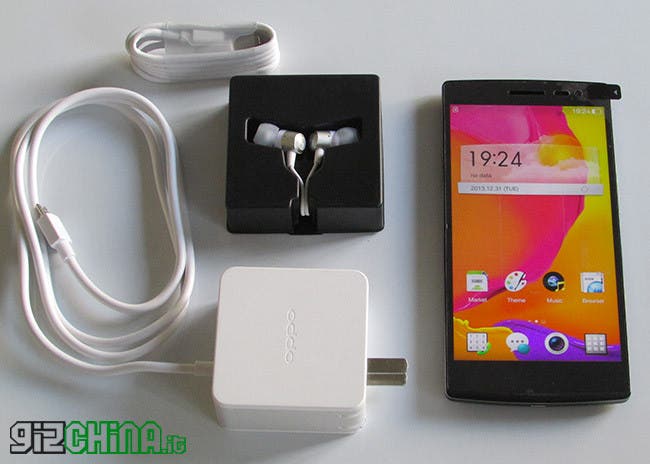
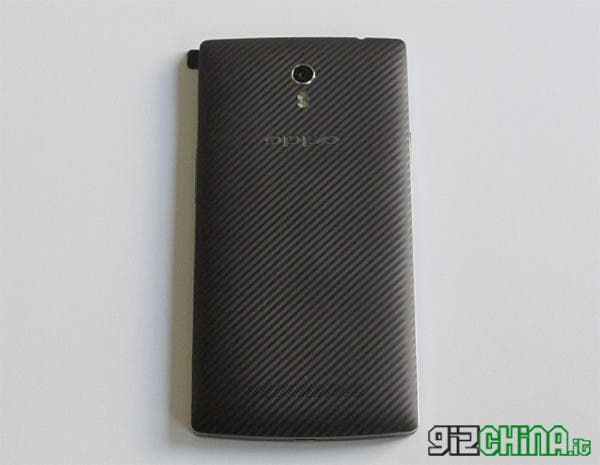
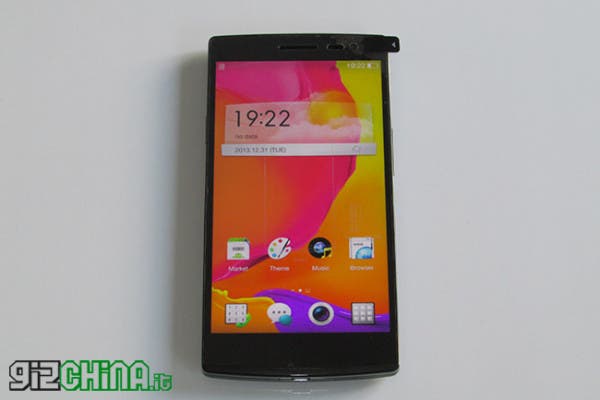
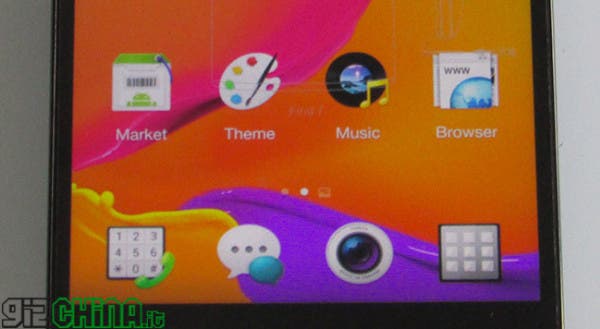
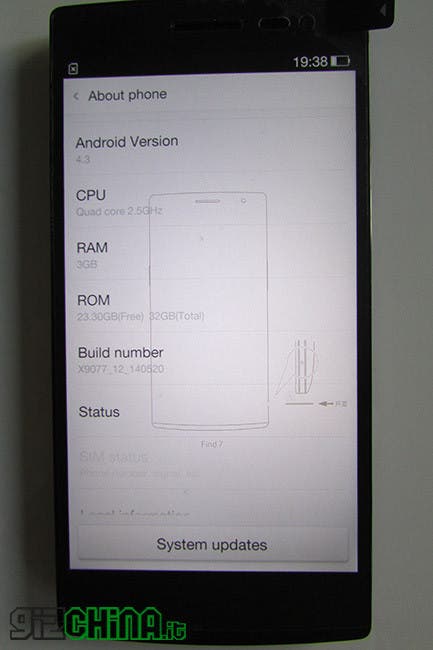
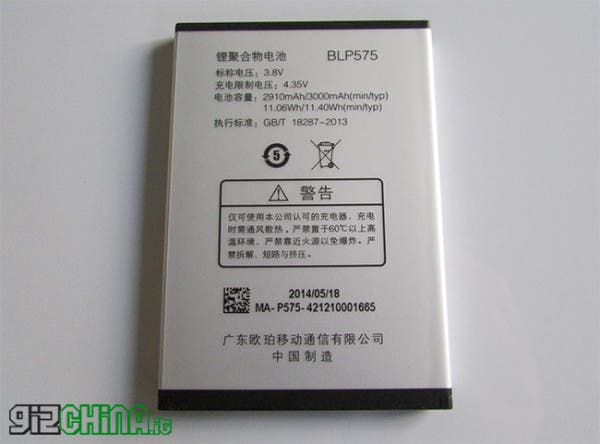
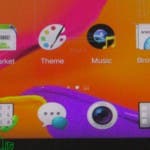

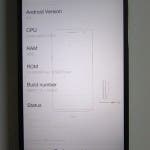
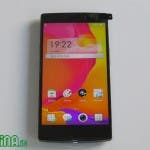
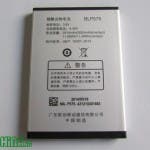
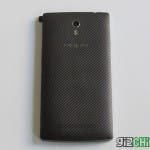

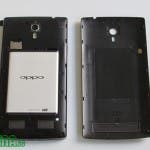
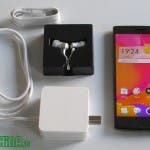




Yes its strikes me as a bizarre decision to have bothered making a 2K version. It just hinders performance/battery given it has basically the same cpu as the 7a.
But my sisters husband has a Find 7a and i’m sorry but it CRUSHES the galaxy S5 in terms of build quality, its actually embarrassing for Samsung. Also the speaker is amazingly loud with actual depth to the sound, easily trumping the S5. The screen is also incredible on the 7a best i have seen on a phone. In addition I think the camera is superior to the s5 especially in low light. The heart rate fingerprint scanner gimmicks on the s5 are in my opinion just that gimmicks so why pay half the price again over the 7a for gimmicks? .
The HTC build is nicer but it certainly cant rival the 7a camera and costs almost twice the price offline, why would you pay that for a worse camera and no other spec advantages except slightly better build?. The Xperia z2 has a slight ram advantage to the 7a but the screen is almost certainly worse and the camera perhaps very similar in performance despite the increased MP on the z2, and again its considerably more expensive for almost the same spec.
The LG G3 may trump the 7a on paper, but its probably a very close run thing in real world use. But the fact remains that the 7a is considerably cheaper than all flagships and i’m not seeing any evidence any of them are superior across the board when everything is considered. So i’m not sure which true 2014 flagships you mean? Especially when you consider that even the Find 7 which brings the spec up to rival the G3 for the highest spec currently available with QHD will almost certainly still undercut every flagship out there considerably on price.
The Meizu MX-4 will be released within the next couple of months, and will crush everything.
Aaaand, hopefully will sport dual boot Android + Ubuntu Touch (dreaming is for free).
Hopefully that’s an option, not mandatory.
I said “dual boot”, of course with the chance to disable the Ubuntu Touch boot in the settings menu.
Average consumer will find even that too confusing. Of course I personally am not but eh, you’re right it’s Meizu’s problem if they want to go that route and create fragmentation.
Well, lets launch the phone with Android boot and a button to enable dual boot in the settings menu, so Ubuntu users will reach easily. OK? Ubuntu comes to finish fragmentation, hopefully.
lol
and you have no idea how the CS nightmare will be when/if average joe accidentally flip that button on settings menu. but again, if they do that, whatever, it will be their (meizu/ubuntu) problem.
If there’s anything I learn from seeing many phone is that the panel quality is way more important than resolution and PPI after certain point.
The chart you have has incorrect information.
Find 7a and Find 7 both run Android 4.3.
Gorilla glass 3.
Find 7 has higher benchmark scores than 7a.
Check oppoforums.com Find 7 Premium review. ;).
38337 on Antutu
Do the Find7 have the same storage limit as the Find7a for the applications (by default the applications are installed on a 3GB partition, which may be an issue for some people).
As the onboard memory of this phone is higher, maybe they provided a bigger partition…?
Pixelation is pretty easy to see on a 5.5 inch 1080p screen. The problem with the whole “retina” threshold idea is that viewing distance is not a constant. If you want to see more detail you always have the OPTION to hold the screen closer to your face. And given the possibility, people will make use of it. I do it all the time on my LG G2 and during browsing, the pixelation of text is already jarring to me.